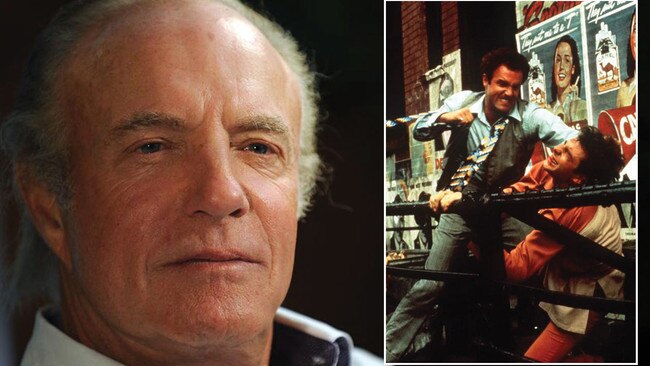
I watched Godfather II in a Melbourne cinema with my father. It was the only film we would ever watch together at the cinema that wasn’t some made for children movie he felt obliged to take me to.
Godfather II showed only a glimpse of Caan, as Sonny Corleone from scenes discarded from the original. James Caan has a substantial filmography and an extensive list of roles performed skilfully but he’ll always be Sonny to me.
Plans had been made. My father and I ventured to the cinema knowing we were due to meet my mother elsewhere in town within an hour or two. We had no idea the film ran a full 200 minutes. My father looked at his watch several times, knowing my mother would be waiting for us, anxious and then angry but we stayed and watched it all anyway.
It was one of those occasions where father and son came together almost as peers, and I cherish it.
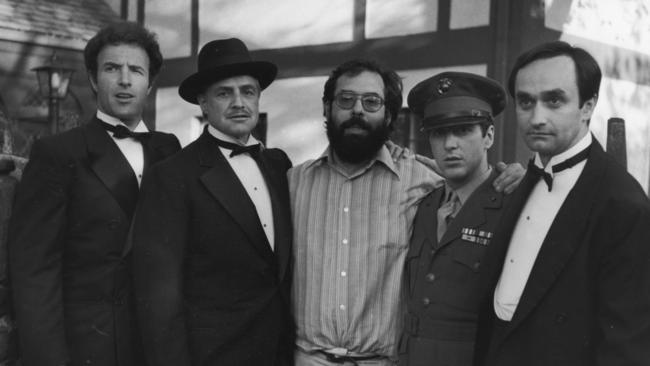
We had both read Puzo’s novel. Later we watched the original together on television.
After the film we had a discussion. My father, who taught at Marcellin College in Melbourne, had a deep respect for the strong family bonds found in Italian-Australian families. Perhaps swept up in the emotional pull of the Corleone family’s financial rise and moral decline, he argued that the Mafia in a sense was an effective form of community management that might just work as a type of government.
“They did kill quite a lot of people, Jack,” I replied. I had called my father Jack for as long as I could remember at his insistence. That’s where I get my nickname from, in case you’re wondering.
I’m just glad Jack wasn’t around to see Godfather III. Talk about memories being shattered.
But the original and its immediate sequel remains high on critics’ lists. I can’t split them as my favourite movie. But I’ll leave the ratings to the great Stanley Kubrick who reportedly watched The Godfather for the tenth time and declared it as, “possibly the greatest movie ever made and certainly the best cast.”
Of the fictional Corleone siblings, three remain.
Robert Duvall, who played the Irish German blow-in, Tom Hagen, is 91 and Al Pacino, 82. Talia Shire who played Connie Corleone is 76. Caan was 82.
In 1973, Caan, Duvall and Pacino were all Oscar nominated in the best supporting actor category for their performances in The Godfather but cancelled one another out. In a trivia competition special, the winner was Joel Grey in Cabaret.
As films, Godfather I and II are almost perfect. A rare marriage of art and box office. Scenes from it have seeped into cultural reference. Top of the list is Vito Corleone’s extortionate euphemism: “I’m going to make him an offer he can’t refuse.”
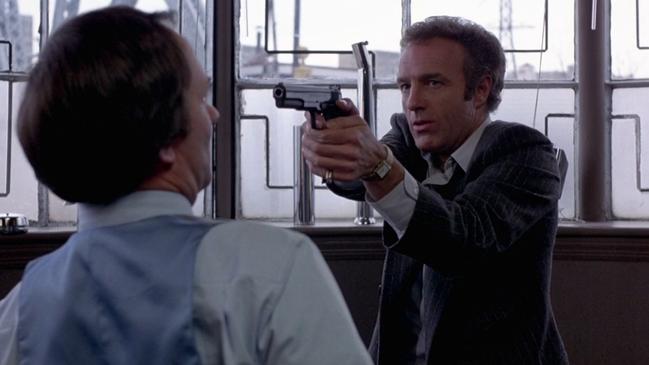
“You can do anything but never go against the family” is another Vito line reprised in my household to this day with my poor Brando impersonation.
There were no green screens or CGI trickery. No helicopter shots or cinematographer’s legerdemain. Ninety per cent of the film was shot in New York City. The assassination of Emilio Barzini was filmed on the steps of the New York Supreme Court.
The horse head scene has been reprised and satirised endlessly. For many years I thought the horsehead was a gross stylist’s contrivance made of plasticine, paint and pints of fake blood. But no, Coppola had obtained a horse’s head from a pet food factory on the day the scene was filmed. Just don’t tell PETA. For all we know, the screams from John Marley who played the Hollywood big shot producer, Jack Woltz, might have been real.
The character of Fredo played by John Cazale, remains a whispered allusion to the runt of any family litter. Cazale died at 42 of lung cancer with just five movies in his filmography, all Academy Award nominated – Godfather I and II, Dog Day Afternoon, The Conversation, and The Deer Hunter.
In that Puzonian way, characters appeared that were more allusive than real to genuine mob figures. Johnny Fontaine was Frank Sinatra. Hyman Roth was Mafia accountant and Charles ‘Lucky’ Luciano lieutenant, Meyer Lansky. Moe Green played the man who established the hit squad, Murder Incorporated and founded Las Vegas as a mob casino black money machine, Bugsy Siegel.
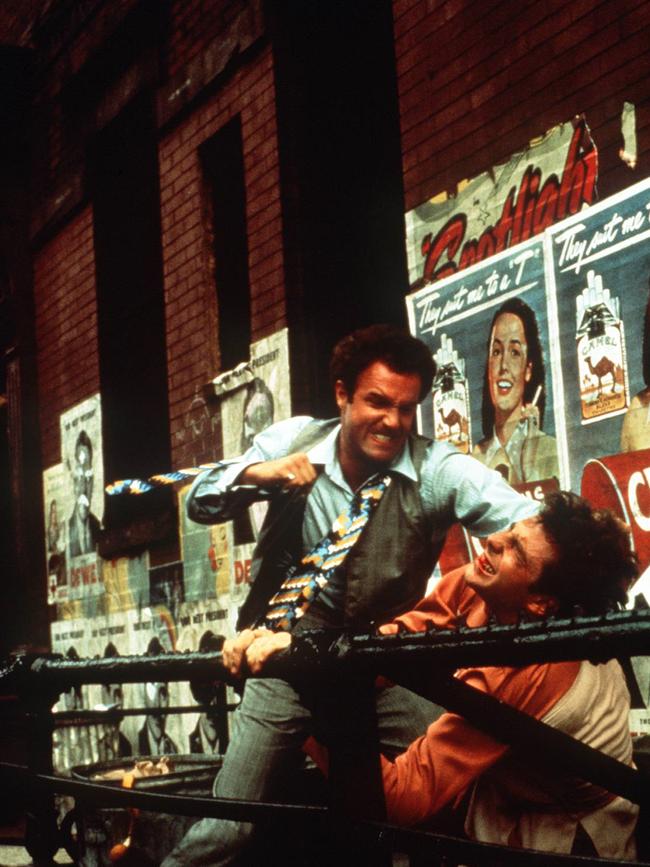
The Vito Corleone character was at least in part a nod to Luciano and Michael’s self-enforced exile to Sicily also references Luciano’s mob career.
It might have been so different and very possibly disastrous.
Paramount Studios had Warren Beatty or Robert Redford in mind for the role of the Corleone family patriarch. Jack Nicholson had been offered the role but turned it down. The studio then wanted Ernest Borgnine to play Vito. Coppola insisted on Marlon Brando and finally got his way but Brando’s reputation for being difficult on set preceded him, and the studio cast him reluctantly provided Brando put up a bond from his $1.6 million pay deal.
Caan, Dustin Hoffman, Burt Reynolds, and Martin Sheen all auditioned for the role of Michael Corleone. Three weeks before filming started, James Caan remained the preferred Michael. Paramount executive Robert Evans felt Pacino was too short to play Michael but after Coppola insisted that he watch Pacino’s audition tapes, Evans finally came around. Evans insisted that Caan be given the role of Sonny Corleone.
When the time came for the sequel, the wheels had turned, and Pacino was reluctant to reprise his role as Michael Corleone. Pacino always preferred theatre to film. His career is pockmarked with long absences from the screen while he trod the boards in roles on and off Broadway. Without Pacino, the sequel was doomed.
Offer Pacino couldn’t refuse
According to Coppola’s autobiography, Coppola visited Pacino in his apartment in New York with a shoebox full of cash and Pacino signed. Coppola made Pacino an offer he couldn’t refuse.
When filming of The Godfather ended Coppola was left with more than five hours of film to edit and many of Caan’s scenes were cut, considered extraneous to the central plot. But Caan’s portrayal of the hot-headed Sonny remains scorched into the collective consciousness and Sonny’s demise at the New Jersey tollway is one of the great murder scenes on film. The scene was shot over three days and in today’s money would have cost almost a million dollars.
In an interview with Vanity Fair almost 20 years ago, Caan explained that many years afterwards, people would approach him and warn him to stay away from toll booths. His role as a violent Mafia mobster was so entrenched in the public eye, that he was twice bestowed the title, ‘Italian of the Year’ in New York despite being raised in Queens by his German-Jewish parents. That’s acting at its highest level for you. Vale James Caan. Thanks for the memories.



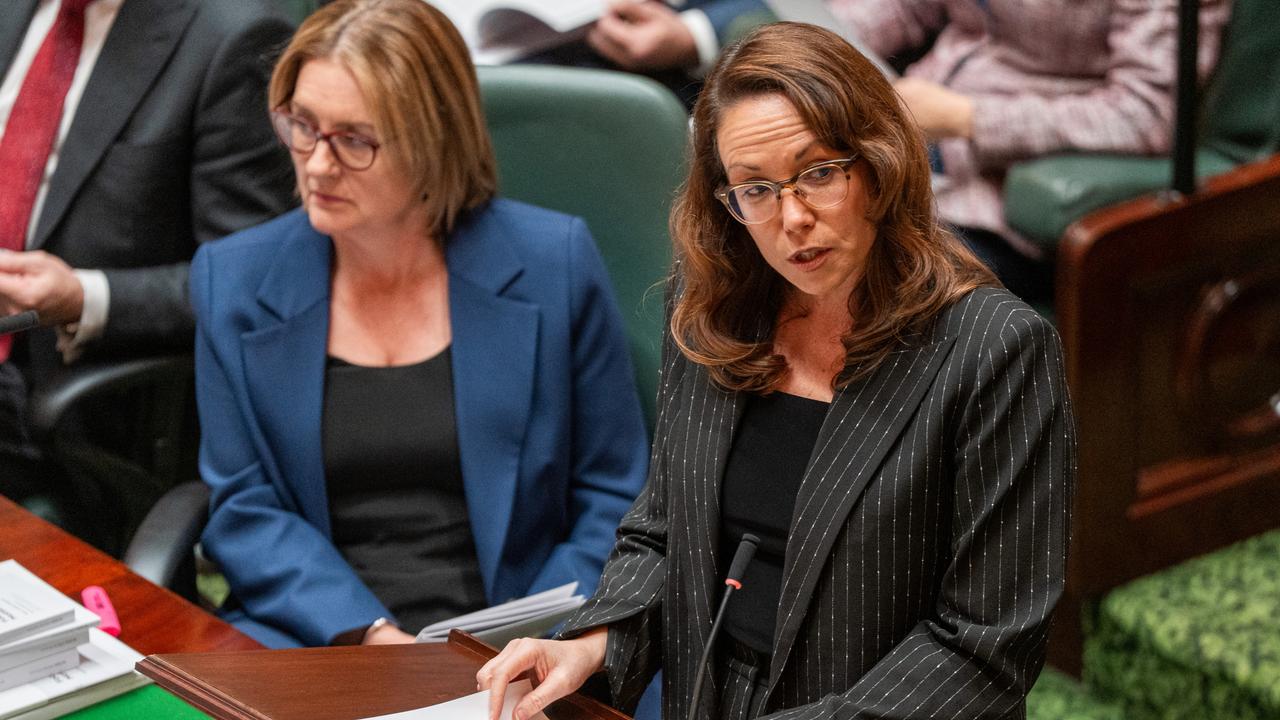

James Caan died in Los Angeles on Wednesday evening. With his passing, a childhood memory was evoked. I admit I have become sentimental with age. The final call for actors whose stars shone brightly fifty years ago inevitably leaves me bereft.